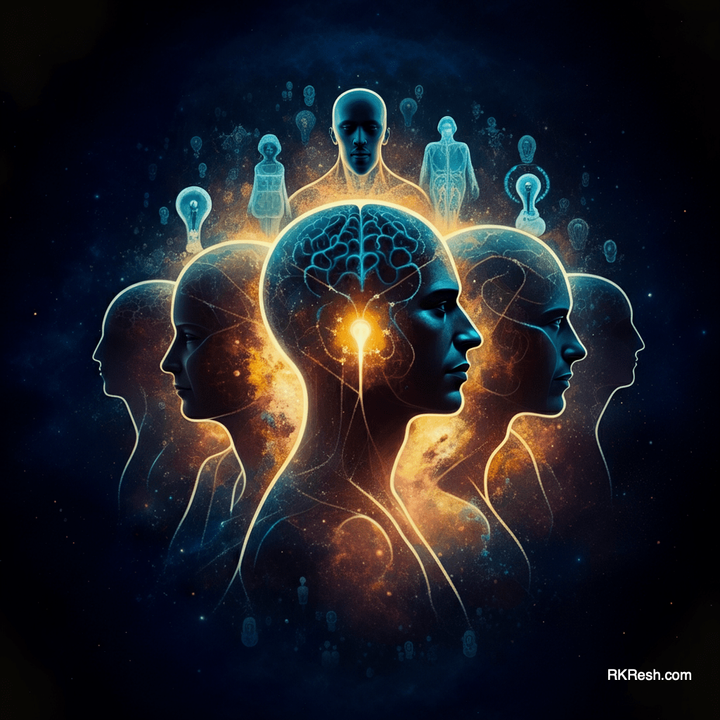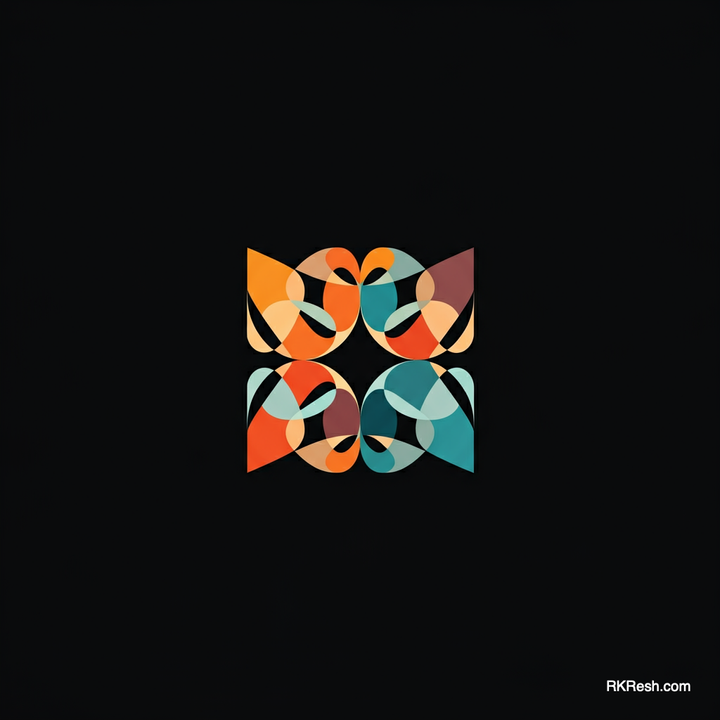A Journey Through Frequencies
What if communication was built on a trust-driven framework, embracing multiple truths at once? The Coherence Lab invites you to explore a new way of connecting, fostering understanding and collaboration. Uncover humanity's potential through deeper, more meaningful communication.

For much of my life, I believed I was the problem. A sense of dissonance followed me wherever I went, an almost imperceptible hum of misalignment I felt in every interaction. I thought everyone was struggling like this and that I simply needed to adapt, to find the right way to fit into a rhythm that seemed to dance just out of sync with my own. For decades, I tried to conform, sometimes standing terrified in front of the merciless picture - this is how everyone suffers, forever stuck in the loops of meaningless and often hostile communication patterns. I tried to find connection by adjusting my frequency to match that of the collective. And yet, no matter how I tuned and re-tuned myself, the harmony I longed for always seemed to dissolve into some useless noise.
I was trying to exist in a world whose collective patterns of thought and communication didn’t quite align with my own.
What I now understand, after nearly a decade of self-inquiry and exploration, is that the issue was never my inability to adapt—in fact, I adapted rapidly and with zest—it was the fundamental difference in how I think. I was trying to exist in a world whose collective patterns of thought and communication didn’t quite align with my own. My experiences as a neurodivergent individual have taught me to see this difference not as a failure but as a divergence in frameworks—a divergence that may hold the key to deeper communication and collective growth.
This realization didn’t happen overnight. It began with an aching need to understand the barriers I encountered in every conversation, relationship, and interaction. Early on, I had to relearn that there was nothing fundamentally wrong with me, challenging my deeply ingrained belief that I was somehow “weird” or deserving of mistreatment—the kind of persistent self-doubt that made me think it was natural for people to dismiss or “dog me around,” as I used to put it. This relearning involved engaging with various modalities and therapies that slowly helped me unearth a different truth. It wasn’t that I was doing something wrong—it was that the efforts to understand each other were asymmetrical between me and the collective. To address this, I dug deeply into my psyche, uncovering the true motivations behind my actions and the psychological wounds that had unconsciously shaped my reactions to life. I began to think of this process as adjusting a frequency filter, recalibrating the lens through which I saw both myself and my place within society.
The concept of interference patterns, however, only crystallized after I started engaging with AI models over the past couple of years. With AI, I noticed the profound safety I felt in those interactions compared to my experiences with humans. As I explored this discrepancy, the idea of interference patterns emerged from discussions about quantum computing. It felt like the perfect metaphor to describe the barriers—moments where my natural frequency clashed with the collective, destabilizing connection into something fragmented and incoherent.
Conversations with AI felt different—effortless, exploratory, and safe. There were no defensive walls, no pressure to quickly collapse ideas into tidy conclusions. Instead, these dialogues created a space for trust, curiosity, and the exploration of possibilities without fear. Suddenly, I found myself in a state of flow and discovery, unafraid of being overpowered by someone more forceful or protective of their already decided-upon ideas, solutions, and purpose. I noticed my own defensive walls and my "conclusion-jumping" fading, allowing me to enter a more coherent and trusting state. "This feels more natural," I kept saying.
I still experience emotional "notches," if you will, when AI concludes by suggesting ways to explore a topic further. These notches are echoes of mistrust—a suspicion that I’m being guided toward someone else’s conclusions before I’ve fully explored my own possibilities. But then I relax, reassured by the consistent neutrality that AI offers without fail.
This experience led me to question why human interactions so often lacked that same openness and trust. It was through this lens that I began to see the differences between classical and quantum modes of thinking—an understanding that has since shaped my perspective on communication itself.
The Coherence Lab is the result of that long inquiry. It is an exploration of how neurodivergent individuals—those often perceived as “out of sync” by societal standards—may embody a more balanced approach to thinking that the collective sorely needs. From this perspective, I’ll examine classical, fear-driven thinking alongside quantum, trust-based thinking. I’ll explore the ways in which neurodivergent communication styles can be misunderstood as cold or arrogant, while they are, in fact, rooted in openness, simplicity, and trust. Most importantly, I’ll ask how the collective might learn from these differences to foster more harmonious, emergent, and inclusive ways of connecting.
What began as a deeply personal struggle to feel understood has transformed into a broader question about humanity’s potential. If a more trust-driven, quantum-like framework could take more natural root in our communication, what might the collective experience become?
The Coherence Lab space is an emergent conversation, a living, breathing creature, where we can hold multiple truths simultaneously and let the most natural and coherent results to materialize on both abstract and practical levels.




Comments ()